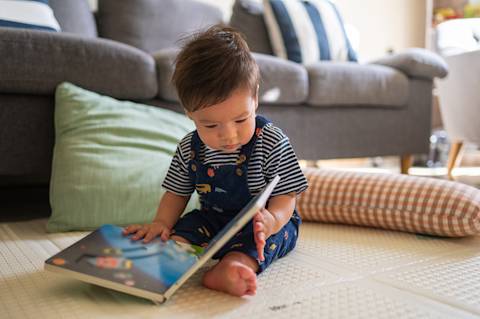It’s time to drop your child off at daycare or with the babysitter, and you brace yourself for your child’s tears and clinginess. Many children experience some fear when their primary caregiver leaves them for a period of time. However, if that separation anxiety becomes persistent and starts disrupting your family’s life, it might be time to investigate the cause.

Separation anxiety is the distress young children experience when apart from their primary caregiver, which often results in crying, clinginess, or fear of unfamiliar situations and people. Separation anxiety is a normal part of child development, typically peaking around 9 to 18 months of age. However, when it becomes excessive and consistent, it can be considered a separation anxiety disorder (SAD). Some factors that could lead to SAD include:
Inconsistent or disrupted attachment relationships with their primary caregivers: If children have not formed a secure attachment to their caregivers, they may struggle with trusting that their caregiver will return, leading to increased anxiety and distress during separations.
Repeated exposure to distressing events: When children continually face traumatic events such as harsh words, neglect, or witnessing violence, it can lead to toxic stress. When children experience toxic stress, their stress response systems become overactive, leading to emotional, behavioral, and developmental issues. These challenges can significantly impact a child's sense of safety and security and lead to severe separation anxiety.
Experiencing a lot of unpredictability: When a child's daily routines and surroundings are unstable, they may become overly reliant on their primary caregiver for a sense of stability and safety.
Key needs aren’t being consistently met: When a child's needs for responsiveness, comfort, and reassurance aren’t met, they may develop severe separation anxiety. The absence of a reliable and caring adult during times of distress can lead to intense fear about being apart from their primary caregiver.
It is important to note that multiple factors, such as temperament and other environmental factors, can influence SAD. Addressing extreme separation anxiety requires a comprehensive approach that involves creating a secure and predictable environment, providing supportive and responsive caregiving, and, if necessary, seeking professional help from mental health providers experienced in childhood anxiety disorders. As much as you can, do your best to recognize that SAD is often out of parents’ control. And remember: There are always steps you can take to help your child manage their separation anxiety and come out of it stronger, healthier, and more resilient.






